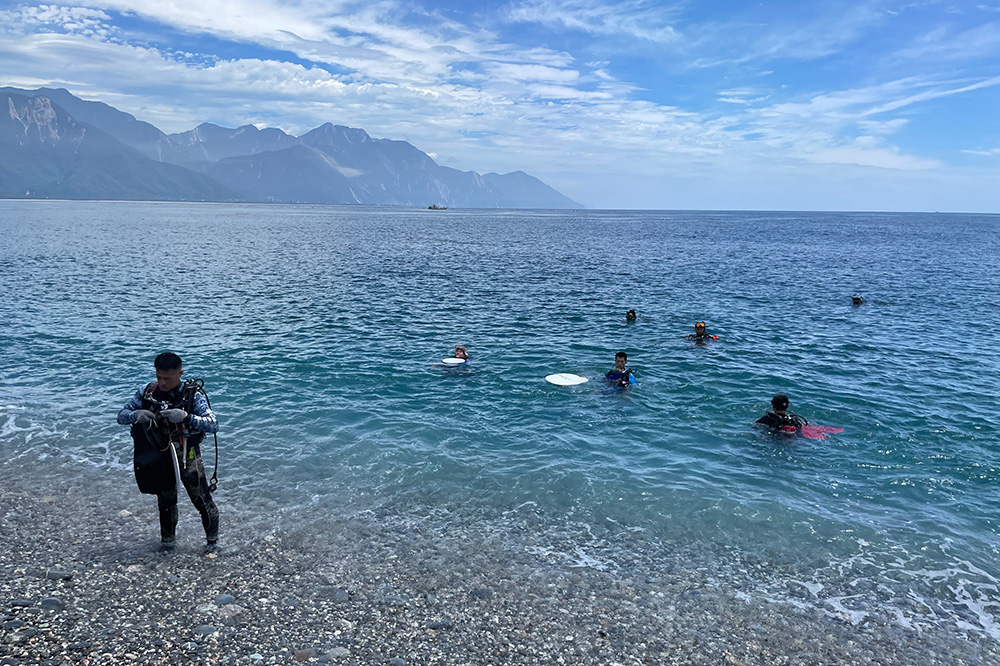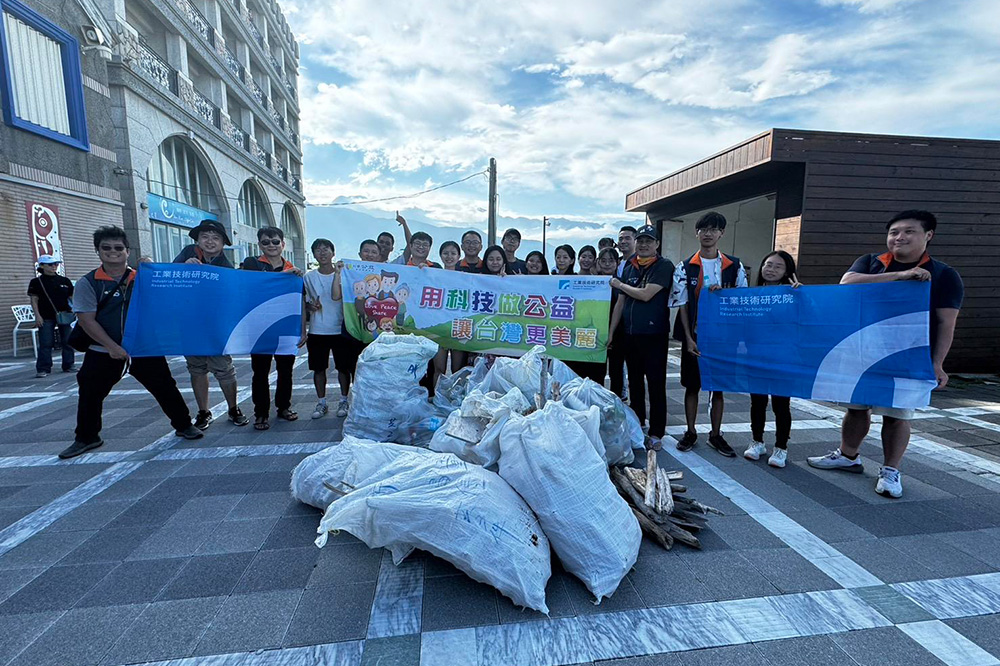Activity
From Waste to Wonder: Building Marine Habitats with Biochar Reefs

The scenic view from Ci Sing Tan, Hualien
Hualien, located on Taiwan’s eastern coast, is a global tourist destination renowned for its natural splendor and vibrant marine life. One of its must-visit attractions is Ci Sing Tan, a bow-shaped seacoast where visitors can stroll along the shore or dive underwater to marvel at colorful coral reefs and diverse marine species.
Despite its breathtaking ocean scenery, Taiwan faces an increasing challenge: marine waste disposal. The high salinity of marine waste makes it unsuitable for traditional incineration, as it can significantly shorten the lifespan of incinerators. To address this issue, National Dong Hwa University (NDHU) has collaborated with ITRI to develop a novel biochar artificial reef.
“We devised a method to convert marine waste into biochar using high-temperature gasification technology,” explained Yi-Hao Pai, Director of NDHU’s Energy Technology Center. “This biochar is then ground and mixed with concrete to form these new artificial reefs. Once deployed in the ocean, these reefs can create new habitats for marine creatures while also storing carbon beneath the seabed.”
While traditional concrete artificial reefs have environmental drawbacks—emitting 0.9 kg of CO2 for every kilogram produced—biochar reefs created through high-temperature gasification not only avoid carbon emissions due to the anaerobic process but also sequester 3.7 kg of CO2 per kilogram during production. Additionally, the biochar within these artificial reefs supplies nutrients to seagrass and coral attached to them.

Corals Thriving on the Carbon-Negative Artificial Reefs Created from Marine Debris
Although the gasification process can break down toxic substances like dioxin at temperatures exceeding 1,000°C, additional verification was necessary to ensure the safety of these biochar reefs in the marine environment. To this end, Pai’s team sent some completed reefs to NDHU for feasibility verification and others to ITRI for rigorous corrosion and water quality testing.
Cho-Fan Hsieh, Division Director at ITRI’s Center for Measurement Standards, highlighted the challenges posed by seawater’s harsh conditions. Its high salinity, fluctuating pH levels, temperature, and humidity make it highly corrosive, potentially affecting anything submerged in it. To ensure the artificial reefs’ durability and safety, ITRI conducted thorough testing, including submerging reef samples in a tank over one meter deep to check for toxic leakage and performing accelerated corrosion tests.
“Currently, Taiwan lacks specific testing standards for artificial reefs and carbon-burning technology,” Hsieh remarked. “Our objective is to establish these standards, with the aim of achieving recognition from international certification agencies. This would enable us to significantly impact oceanic carbon sequestration and fishery restoration.”

ITRI and NDHU organize local volunteers for beach and ocean cleanups at Ci Sing Tan, collecting waste to be used in artificial reefs.
The successful completion of corrosion and water quality tests marked a significant milestone for Pai. “It felt like seeing a beam of light,” he said. “We’re now one step closer to protecting and restoring marine life with technology.” With these tests completed, the project is ready to advance. In September and October, when the waters are calmer, the reefs will be deployed at strategic underwater locations to improve local marine habitats and expand coral reef and seagrass restoration areas.
Looking ahead, Pai plans to continue collaborating with ITRI to foster a more harmonious and sustainable marine environment in Taiwan. By leveraging biochar reefs, they aim to create a robust marine ranching ecosystem that not only supports ecological health but also offers a lasting solution to the challenges of marine waste and habitat restoration.